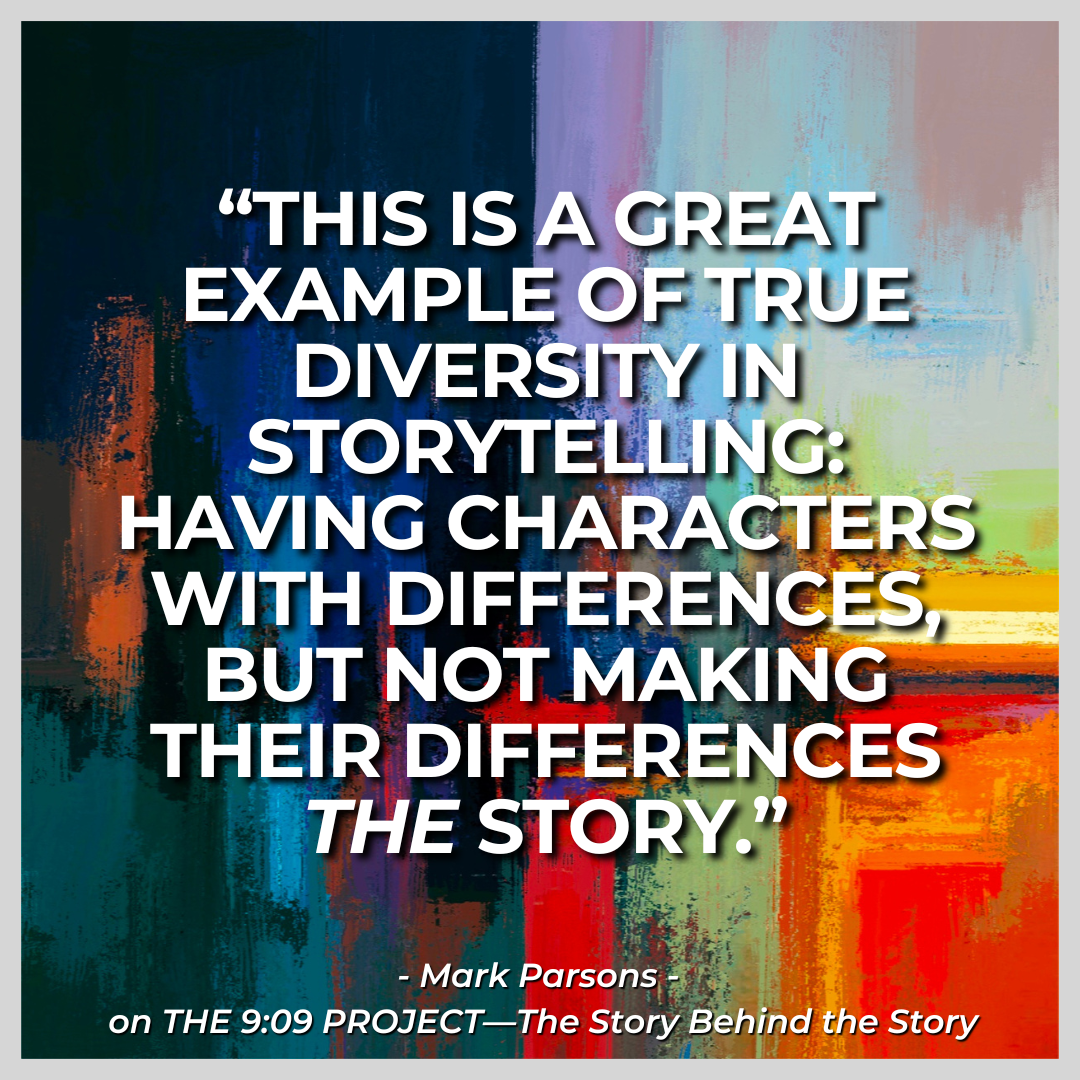by Mark Parsons
Having synesthesia is probably a little like being left-handed or maybe color-blind (most types of which aren’t literally “color-blind,” but that’s another story), in that the difference isn’t only non-obvious to most observers but may go mostly unnoticed by the individuals themselves until they learn the rest of the world sees things differently.
As far as I can tell I’ve had synesthesia since birth (primarily the color-grapheme variant—the most common type), but for a long time I didn’t know I perceived things differently than the vast majority of the population. Sure, my sister and I (she’s a synesthete also) used to play “So what color is Tuesday for you?” when we were little kids, but it wasn’t until my teenage years that I realized perceiving numbers, letters, days of the week, and months of the year as having specific colors definitely wasn’t the norm . . .
. . . for everyone else. But it absolutely was the day-to-day norm for me. Which is one of the reasons I had Jamison (the protagonist in The 9:09 Project) have the same condition—not as a “plot point” or “issue” or other structural contrivance, but because having that hovering in the background of my own high school experience made writing this story take on an extra degree of reality for me that hopefully got me a little closer to the emotions many of us are feeling at that time in our lives—uncertainty, insecurity, and a general vibe of not fitting in.
I’d read a few novels featuring synesthesia where the author clearly didn’t do any research but simply made up shit that sounded interesting and ran with it as a cool plot device. (I’m talking characters having superpower-level abilities due to synesthesia. I wish, right?) So I wanted to portray it as it actually presents for me and others I know—neither a superpower nor a disability, but simply a slightly interesting difference in the way some people perceive everyday objects and concepts.
It’s important to note this isn’t a book about synesthesia. It’s about a young dude who happens to have synesthesia, and I like to think the story would hold together even if he didn’t have it. It just gives an additional connection between him and his mother and serves as a recurring metaphor for seeing the world a certain way. In fact, Jamison doesn’t discuss it much with his friends or family in the book.
I’m drawn to that sort of understatement, where conditions that exist in the story don’t need to be the story, but just provide a more nuanced background. One of the things I love about the anime/rotoscoped/live-action TV series Undone is that the main character wears a cochlear implant but it’s almost incidental to the overall story. It’s just there as part of her daily life—she wears it in order to hear, but the story’s not about deafness at all. To me, this is a great example of true diversity in storytelling: having characters with differences, but not making their differences the story.
The 9:09 Project is actually about things far more universal than synesthesia: recovering from loss, harnessing the healing power of art, putting your grief to work, opening up to possibilities, and making connections.
In other words, it’s a love story.
Exploring synesthesia in this book was my way into the story, something to help bind me emotionally to the character (and, by association, to the rest of the characters, who are completely real to my writer brain and about whom I care deeply). This is art—not science—so your experience may vary, but for me, the writer having an emotional connection with their characters is the foundation for the reader having an emotional connection with the characters.
And after all, that’s what we all want, right?
Mark Parsons has written primarily non-fiction for several years, penning over two hundred articles for national publications as well as a pair of non-fiction books before turning to book-length fiction. His first YA novel Road Rash (Knopf/Random House) was named to the ALA’s Best Fiction for Young Adults list, as well as Bank Street College’s Best Children’s Books of the Year list. His latest YA novel, The 9:09 Project, is coming from Delacorte/Random House this November. He also has a writing blog on his website where he deep-dives into several aspects of the writing life.






